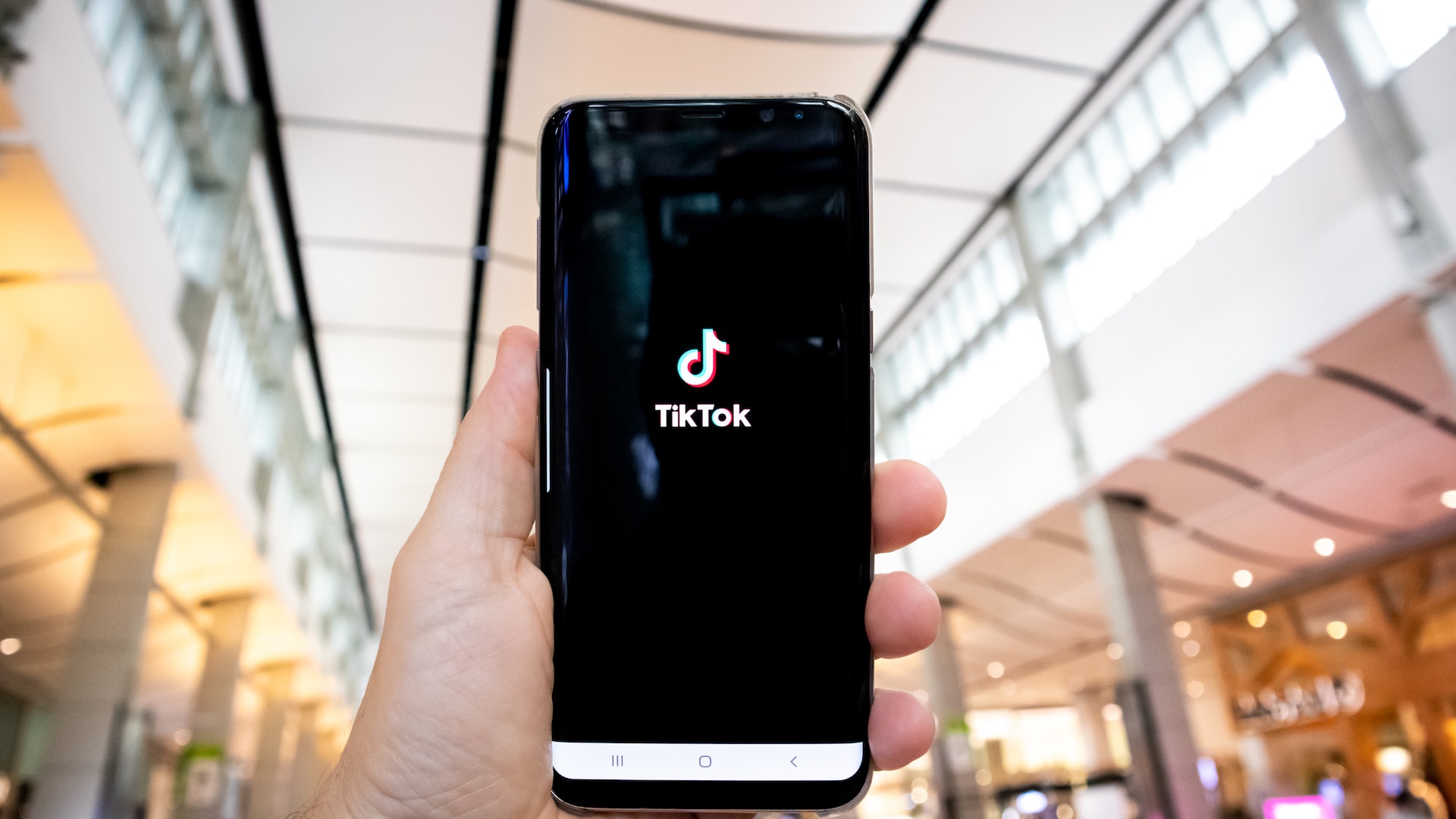
Across the world, airports are investing in revenue management technology to optimize their parking capacity and maximize non-aeronautical revenues.
NB: This is an article from IDeaS
A revenue manager plays an integral role managing the day-to-day parking business, communicating with cross-functional teams and developing strategies and tactics to grow parking revenue.
If you are just getting started and looking to fill this role, or if you work in a more mature parking operation that relies on complex spreadsheets, you may be asking: what would life be like if we had an automated revenue management system (RMS)?
As someone who has lived both with and without an automated RMS, life is, in some ways, the same but also vastly different. The sameness is about what you are wanting to achieve and the problems you are attempting to solve. What’s different with an RMS is you have a sophisticated toolset to do much of manual work and heavy lifting for you, for 365 days into the future, freeing up time to be more strategic and effective.
Most revenue manager’s responsibilities fall into one of three categories:
- First is managing the business—determining prices and products to balance supply and demand, focusing on the next few days to perhaps 28 days in advance. Of course, when you have an automated system, much of that is done for you, so it’s simply a matter of fine-tuning your approach.
- Next is strategic and tactical planning. This is where you take a more calculated look into the future to ascertain where you have demand and supply imbalances and plan your responses accordingly.
- And because revenue management can’t be successful in a vacuum, it is critical to allow time for stakeholder engagement. This is where you as revenue manager discuss your vision, roadblocks and results with other key stakeholders and cross-functional teams that can support you to achieve the business goals.
How much time is spent on each of these areas is likely to depend on your booking pace. If your booking pace is hot, for example prior to a busy holiday period, up to 90% of your time may be spent managing the business while the other 10% is keeping your stakeholders informed as to what is happening.
On the other hand, if things are quiet, it’s time to work on strategies and tactics to generate more revenue and to share and collaborate on them with your stakeholders. That might mean you allocate only 20% of time to running the day-to-day business.
So, what might the typical day actually look like?
9:00 AM – Data review and validation,
On any given morning, at a mid-sized airport, by the time you made your morning coffee, IDeaS Car Park RMS already:
- Accounted for the prior day’s 7,700 arrivals and new bookings
- Shopped 1,440 competitor prices
- Analyzed 6.5 million historical transactions
- Optimized and delivered 354,000 pricing decisions
- Impacted $130,000 in daily parking revenue
All this manual work has been done for you. No human can accurately process that amount of data in that amount of time. However, an automated system is only as good as the data it is provided, so it’s important to ask these three questions: Do I know what the system knows? Does the system know what I know? Am I telling it the truth?
Most revenue managers will invariably tell you they first review their pre-book inventory reports. That’s a simple review of what you’ve sold versus your inventory and how things have changed since your last review. That task is likely to remain with a pre-book system, given it is an important source of truth.
Next, we’ll check our RMS to confirm we have received updated data. If all looks good, we can carry on as planned, validating forecasts, reviewing pricing, and distributing any revised rates.
With basic tactical activities automated, users are made aware when there are significant changes or conditions they can focus their expertise on. This “managing by exception” approach prioritizes critical actions and monitoring to allow users to focus more time on strategic activities. Users can easily review and monitor all changes the system makes—with their attention being on the changes that may require action or situations with the most revenue impact (rather than sifting through all the routine changes).
10:30 AM – Coffee break, performance analysis
The next part of our day is where we probably work outside the system to look for some deeper insights as to what is happening in our business. We’ll typically ask questions like:
- Did things go as planned? If not, why?
- What worked and what could we do more of?
- What will we do differently?
- What learnings can we take forward?
Noon – Lunch break, strategic and tactical planning
In the afternoon, we can be even more proactive, planning for the future and searching for undiscovered opportunities to generate more revenue. This may include planning for promotions, reviewing upcoming events and expected busy periods, assessing distribution and channel strategies, and making strategic product and rate structure changes.
Some key forward-looking questions to ask include:
- Can we identify times of the year when we need additional business?
- Do we have the right customers parking in the right places?
- Is the next special event period loaded if required?
- Do we have the right agreements and contracts in place with clients, partners and intermediaries?
3:30 PM – Stakeholder engagement
Before wrapping up the day, we must focus on some stakeholder engagement. That’s where we collaborate with other people to discuss visions, results and challenges. Good revenue managers know the support of their stakeholders is paramount to aligning people, processes and technology. Good revenue managers never operate in a silo.
Each week, the revenue manger should have a quick team huddle, no longer than 30 minutes, with some key functions, typically operations and marketing. In this meeting we reflect on the prior week and plan for the immediate few weeks ahead. This is where we can ensure alignment in terms of strategy and tactics and get all the right resources in place.
At least once a month all key stakeholder groups should meet with revenue management (ideally soon after the close of the prior month). This is an opportunity to discuss results, what went well, what could have been better and, perhaps most importantly, what to do differently next time.
5:00 PM – Head home and enjoy a relaxing evening
So, are you leveraging revenue management to optimize your parking business? How many pricing decisions do you make per day, and how much time do you have left over for strategic thinking and planning?
Don’t get buried in the details. With an automated RMS, parking revenue managers around the world have eliminated tedious, repetitive daily tasks and improved their job performance and satisfaction.




